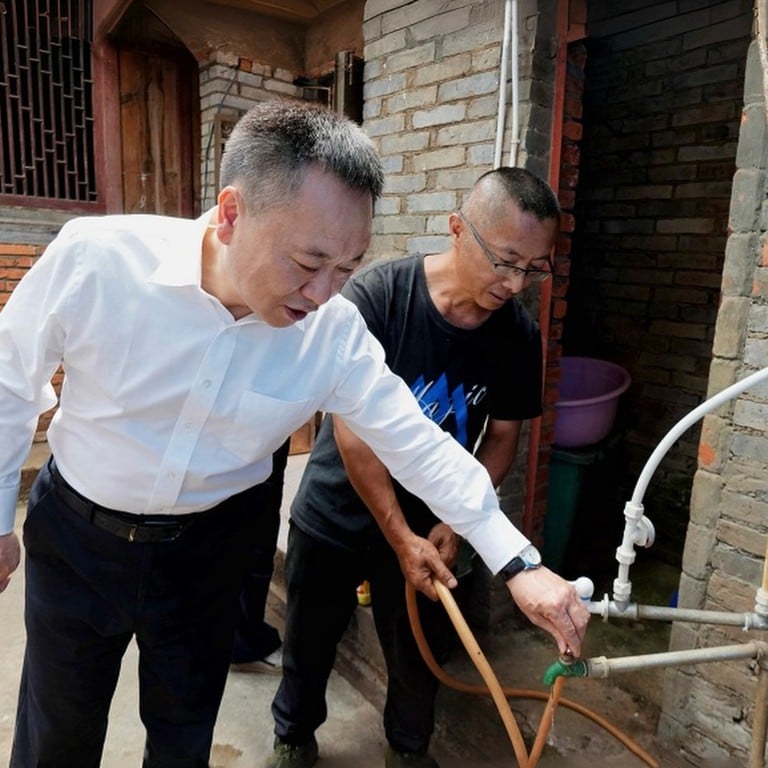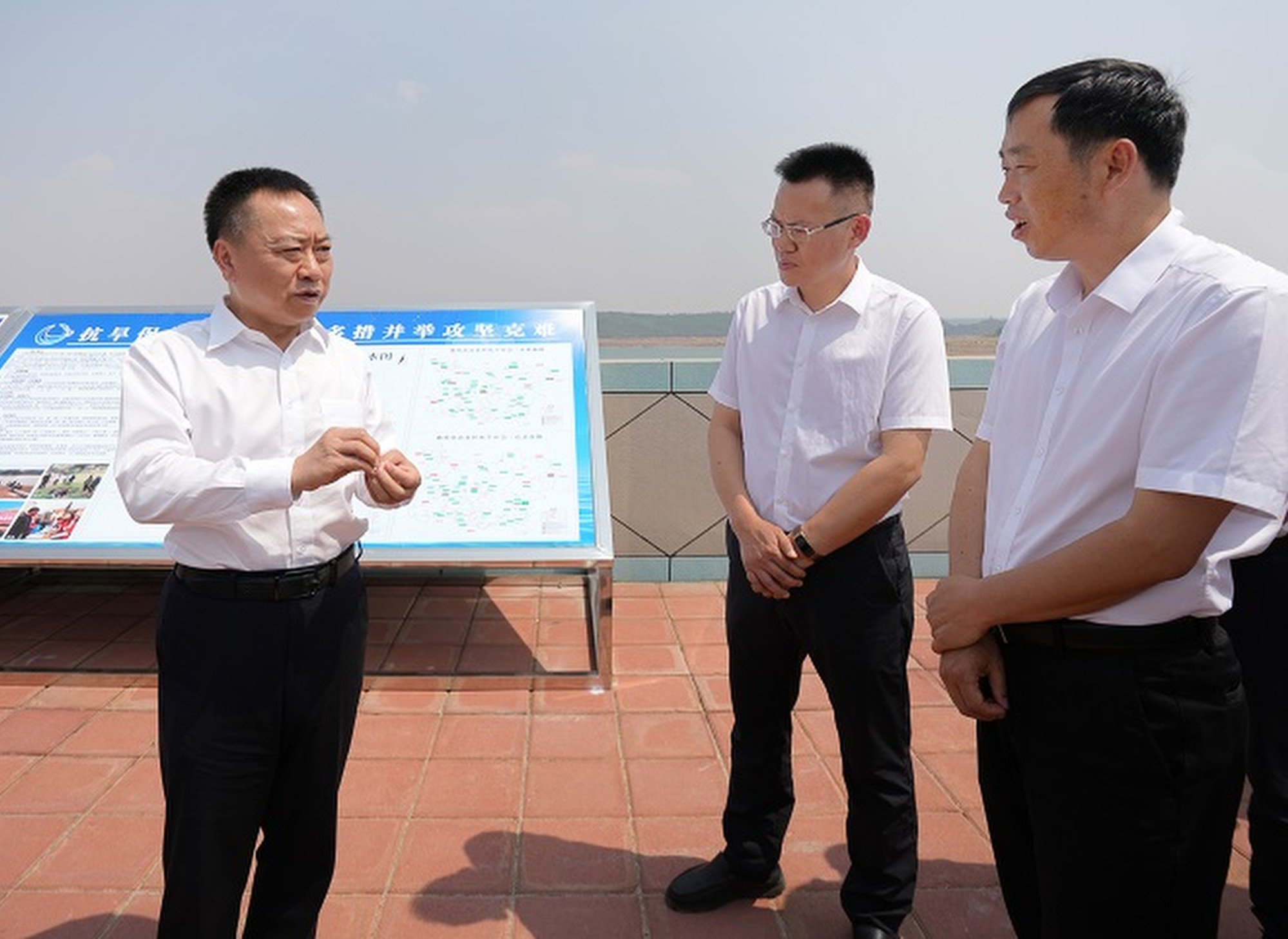
China’s drought-hit Yunnan braced for ‘worst case scenario’ as key grain, power, aluminium hub faces worst dry spell in 60 years
- Rainfall in China’s southwest province of Yunnan fell by 42.3 per cent compared to normal levels this year
- Yunnan is one of China’s leading hydropower producers, but it is facing ongoing challenges to its agriculture and energy systems due to the prolonged drought
China’s key southwest province of Yunnan is facing its worst drought in six decades, threatening local grain, hydropower and aluminium production.
After the Ministry of Water Resources estimated a 42.3 per cent decrease in rainfall in the province compared to normal levels this year, minister Li Guoying conducted a three-day trip to Yunnan earlier this week.
Yunnan is one of China’s leading hydropower producers, but it is facing ongoing challenges to its agriculture and energy systems due to the prolonged drought.
“We must get ready for the worst case scenario and prepare to prevent a prolonged and widespread drought,” said Li.
6 things to know about China’s GM food progress amid its food security push
It also asked local governments to ensure water security for residents, while also meeting the water requirements for livestock and crops.
According to the local government of Lijiang city, the drought has led to drinking water shortages for 7,775 large livestock and has affected 659.13 hectares (1,629 acres) of crops, resulting in an economic loss of 6.9154 million yuan (US$955,130) within the region up to early April.
Yunnan is home to six of China’s top 10 hydroelectric power plants in terms of generating capacity, and is a major supplier of electricity to China’s top manufacturing hub of Guangdong province.

However, the persistent drought has led to a 10.9 per cent year on year decrease in the province’s hydropower generation in the first quarter, according to the National Bureau of Statistics.
China reported last year that its southwestern province was facing one of its worst droughts since 1961, with a 16.7 per cent decrease in rain compared to the average, resulting in a 5.2 per cent reduction in hydropower generation.
In response to the water shortage, Yunnan has been exploring alternative energy sources, with thermal power generation increasing by 13.5 per cent year on year in the first quarter.
China’s looks to stop ripple effect as southwest struggles with drought
Wind and photovoltaic power generation also surged by 61.2 per cent and 163.7 per cent, respectively, resulting in a 6.9 per cent year on year increase in Yunnan’s overall power generation in the first quarter.
Yunnan is also a major producer of energy-intensive aluminium, a material extensively used in the manufacturing of aircraft, ships, cars, industrial wiring and construction materials.
But affected by the hydropower shortage, the operating rate of the industry fell from nearly 92 per cent in November to nearly 80 per cent in December, according to Sublime China Information, a Shandong-based commodity information services company.
Yunnan province warns power crisis could continue, caps smelting to cope
In the first two months of the year, the operating rate for Yunnan’s aluminium enterprises stood at around 79 per cent.
The figure had dropped to 60 per cent during last year’s drought from March to June, the company said earlier this month.
The drought is expected to intensify, with temperatures in Yunnan set to rise further and precipitation continuing to decrease, according to the province’s Department of Emergency Management.
The drought would also adversely affect the production of oilseed rape and winter wheat in the province, China’s National Meteorological Centre said last week.

